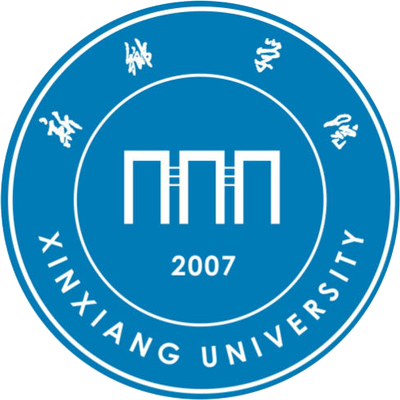详细信息
Deep cepstrum-wavelet autoencoder: A novel intelligent sonar classifier ( SCI-EXPANDED收录 EI收录)
文献类型:期刊文献
英文题名:Deep cepstrum-wavelet autoencoder: A novel intelligent sonar classifier
作者:Jia, Hailong[1];Khishe, Mohammad[2];Mohammadi, Mokhtar[3];Rashidi, Shima[4]
第一作者:贾海龙
通讯作者:Khishe, M[1]
机构:[1]Xinxiang Univ, Informt Management Ctr, Xinxiang 453000, Henan, Peoples R China;[2]Imam Khomeini Marine Sci Univ, Dept Elect Engn, Nowshahr, Iran;[3]Lebanese French Univ, Coll Engn & Comp Sci, Dept Informat Technol, Erbil, Kurdistan Regio, Iraq;[4]Univ Human Dev, Coll Sci & Technol, Dept Comp Sci, Sulaymaniyah, Kurdistan Regio, Iraq
第一机构:新乡学院
通讯机构:[1]corresponding author), Imam Khomeini Marine Sci Univ, Dept Elect Engn, Nowshahr, Iran.
年份:2022
卷号:202
外文期刊名:EXPERT SYSTEMS WITH APPLICATIONS
收录:;EI(收录号:20221912101912);Scopus(收录号:2-s2.0-85129755319);WOS:【SCI-EXPANDED(收录号:WOS:000806605800009)】;
基金:Acknowledgments This work was supported by the Scientific and technological project of Henan provincial science and technology department (NO. 182102210495) .
语种:英文
外文关键词:Underwater target classification; Deep cepstral liftering; Autoencoders; Wavelet network
摘要:Different marine vessels belonging to the same class may have different and time-varying radiated noise due to different and changing machinery configurations. Further, the time-varying radiated noise, which is propagated underwater, suffers from random fluctuations in frequency, amplitude, and phase. The ambient noise and timevarying multi-path effects further complicate the classification problem. In this study, for the first time, a deep wavelet autoencoder is proposed, evolving by a two-hybrid cepstral concept to reduce the multi-path distortion and time-varying shallow underwater channel effects. In this approach, the autoencoder is an automatic feature extractor, choosing the best feature composition without information loss and human intervention, and wavelet networks extract the periodic frequency signatures of vessels, which are fluctuating by various machinery regimes. Three underwater acoustic datasets, including synthetic, ShipsEar, and real experimental datasets, are exploited to evaluate the performance of the proposed model so that the performance of the designed model is compared with ten benchmark methods. The results show that the designed model with an average accuracy of 96.11% and average giga-multiplier-accumulators equal to 0.019 represents the best performance in terms of accuracy and complexity compared to benchmark methods. Besides, the cepstral liftering procedure and the average cepstral feature can significantly alleviate the shallow underwater channel's multi-path distortion and time-varying channel effects. Furthermore, the proposed model is less sensitive to SNR level compare to other benchmark methods.
参考文献:
![]() 正在载入数据...
正在载入数据...


